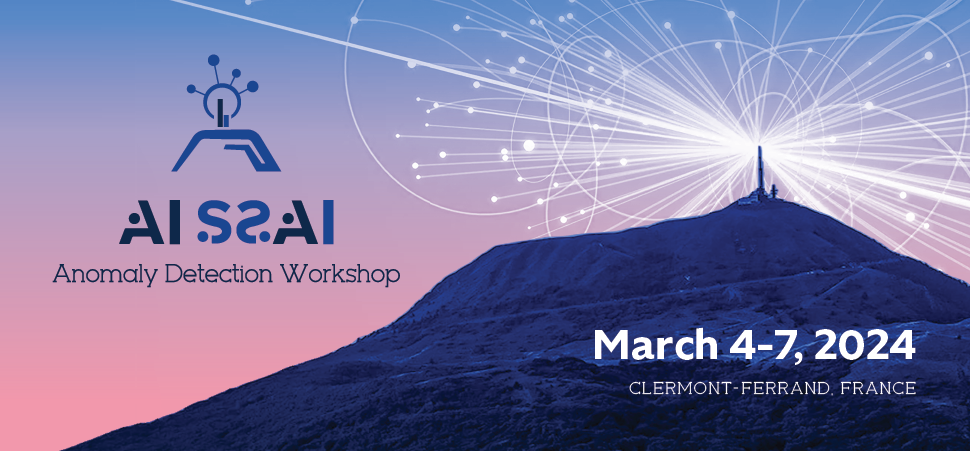Orateur
Description
In this talk I will present the Southern Photometric Local Universe and its fourth data release (DR4) and briefly show our past and ongoing machine learning projects using this data. S-PLUS will cover ~9300 square degrees of the southern sky with an 80-cm telescope (T80-South) located in the Cerro Tololo Inter-American Observatory. The observations are taken in 12 bands: 5 sloan-like broad bands and 7 narrow bands centered in stellar features. The additional information of the narrow-band photometry increases the performance of machine learning algorithms for a variety of tasks, such as object classification (Nakazono et al. 2021) and photometric redshift estimation (Nakazono & Valença, submitted; Lima et al. 2021). At this moment, S-PLUS is the survey that has released data for the largest area of the southern sky (~3000 square degrees in DR4) with the highest number of narrow bands. I will discuss the possibilities of detecting short-period variables (such as white dwarfs) and our effort in detecting high-redshift quasars using anomaly detection techniques. Finally, I will mention the possibility of using the T80-South facilities for observing Target of Opportunity to obtain fast photometric SEDs.

